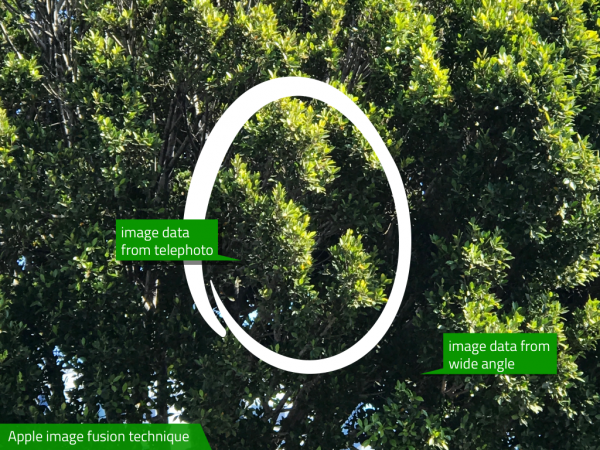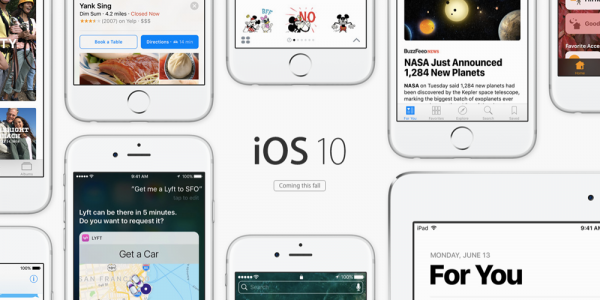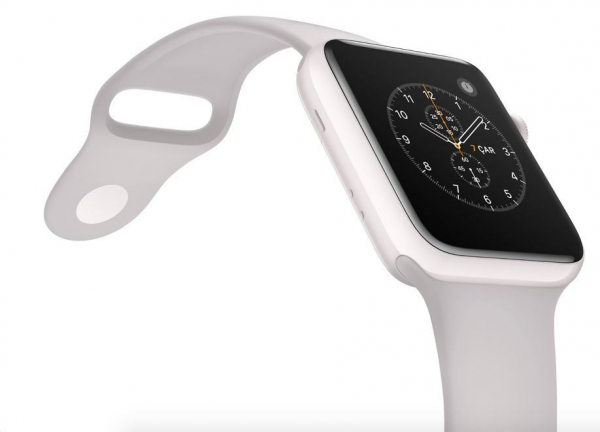I think this DJPlayz' opinions are superficial and short-sighted. The whole reason why he argues Apple isn't innovating is because he's focused too narrowly on the iPhone.
First thing's first: how do you define "innovation"? Is innovation about ideas that are cool and exciting? Is it about shipping to market first? Is it about one-upping the competition with better specs each year? Is it about pushing the status quo forward?
I'd argue that innovation is about completely challenging the status quo.
I personally define innovation as: altering the behavior of hundreds of millions of consumers and/or disrupting the way existing companies do business.
With that definition, I'd argue Apple is innovating. A lot. They just do it quietly, either behind-the-scenes, or in such small, incremental steps that the mainstream consumer doesn't pick up on it. Here are a bunch of examples:
- iPhone 7 Plus dual camera — Apple's first public steps into 3D mapping for Augmented Reality and self-driving cars.
- iOS Widgets — With iOS 10, we see Apple breaking down traditional apps into small actionable widgets to not only make interactions with the phone quicker, but make more things possible on a watch. (Yes, Android came out with "widgets" first...but Android Wear has so far failed to get mainstream traction.)
- AirPod's new W1 chip — building on bluetooth technology for longer battery life, quicker connections, improved reliability, and adding the ability to connect one accessory (e.g. AirPods) to multiple devices at the same time.
- AirPods + Siri — laying down the groundwork for a mobile world that doesn't require smartphones. The vision is, someday, people may walk around with a smartwatch & wireless ear buds, and only pull out their smartphones when they really need a screen.
- iOS Health app — In Steve Jobs' final years, he realized how inefficient the health industry is, especially at moving medical records between doctors and facilities. Since he passed away, Apple has hired a team of health industry experts to standardize medical data and transform the whole process.
- Apple Watch — Apple is adding more health sensors to eventually track body vitals 24/7, which is a lot more insightful to doctors than measuring vitals that one day of the year you go in for your check-up. Apple's under-appreciated innovation here is their wide variety of stylish watch straps. When it comes to wearing stuff on the body, real people don't care about tech specs, they care about how it compliments their personal style. It's no coincidence that Android Wear has struggled with female consumers while Fitbit and Apple Watch are succeeding.
- A-series Computer Chips — Apple's most underrated department. Because Apple has full control its own hardware, software, and silicon — in contrast to Android vendors using the same off-the-shelf parts — Apple is in much better position to pack more power into smaller devices. There's a reason why the Apple Watch is the only full-featured smartwatch competing in the 38-millimeter class.
- Apple Watch Edition in ceramic white — Smartphones these days are either made of glass or aluminum casing. Apple is heavily investing in ceramics and material science to make something lighter yet stronger than steel, more radio-friendly, and more luxurious. The new Apple Watch Edition is their first product to use ceramic, which they will use as a learning experience to possibly build hundreds of millions of ceramic-cased iPhones.
- Gold, Rose Gold, Jet Black — Apple is pushing the consumer electronics industry to be more fashionable. Sounds superficial, but there was a time when automobiles all looked like horse carriages. At some point they became personal fashion statements and status symbols. Try picturing the target demographic for people who drive a BMW vs. Cadillac vs. Porsche vs. Prius. We're at that point where consumer electronics is a fashionable expression of how we see ourselves, and I'd argue it's Apple leading that trend.
All of these things are innovations Apple has currently in development. Augmented reality, self-driving cars, revamping the health industry, fashion-forward electronics, building a post-smartphone world…all of these are world-changing ideas that will change the way people live and disrupt the way companies do business.
But these things take time.
So when people say "Apple isn't innovating anymore," I'd argue they're simply focusing too closely on the wrong details, not seeing the big picture, and have the unrealistic expectation that world-changing revolutions happen every 12 months.


